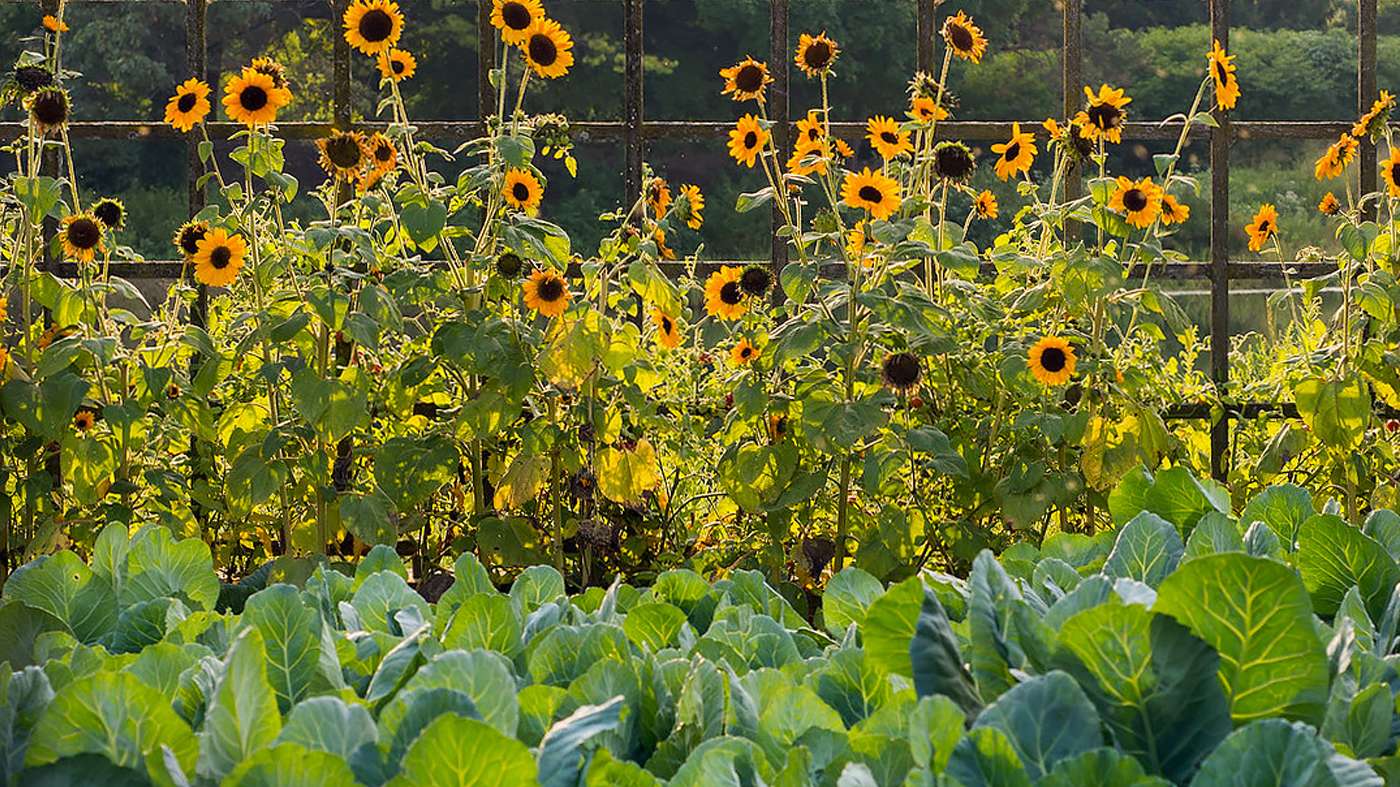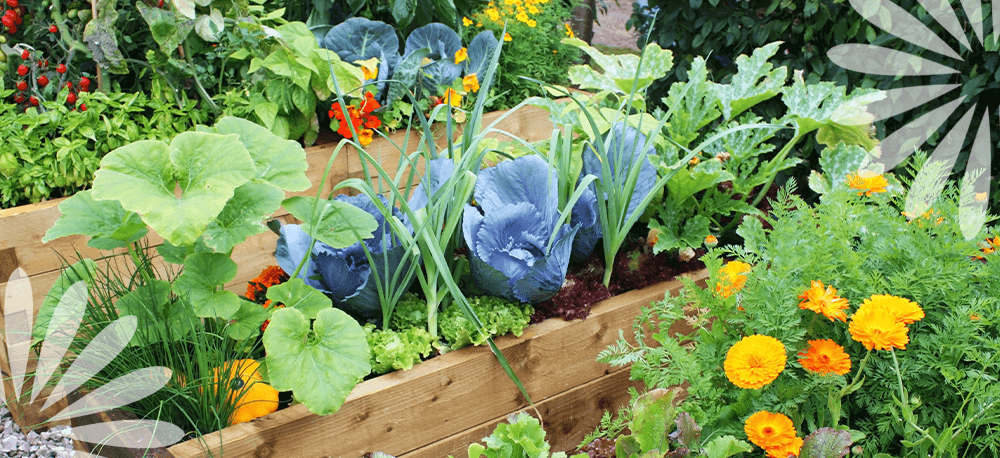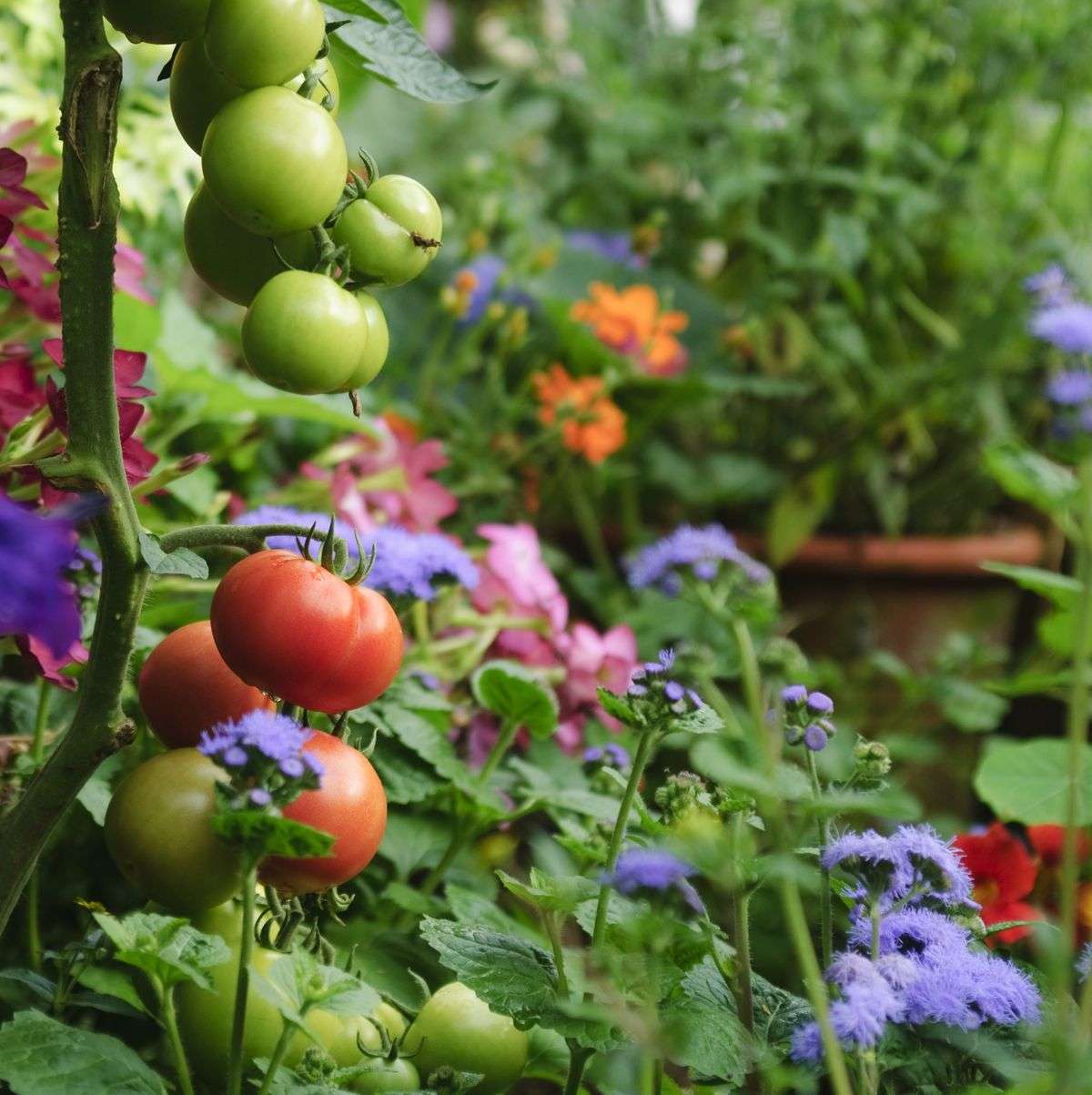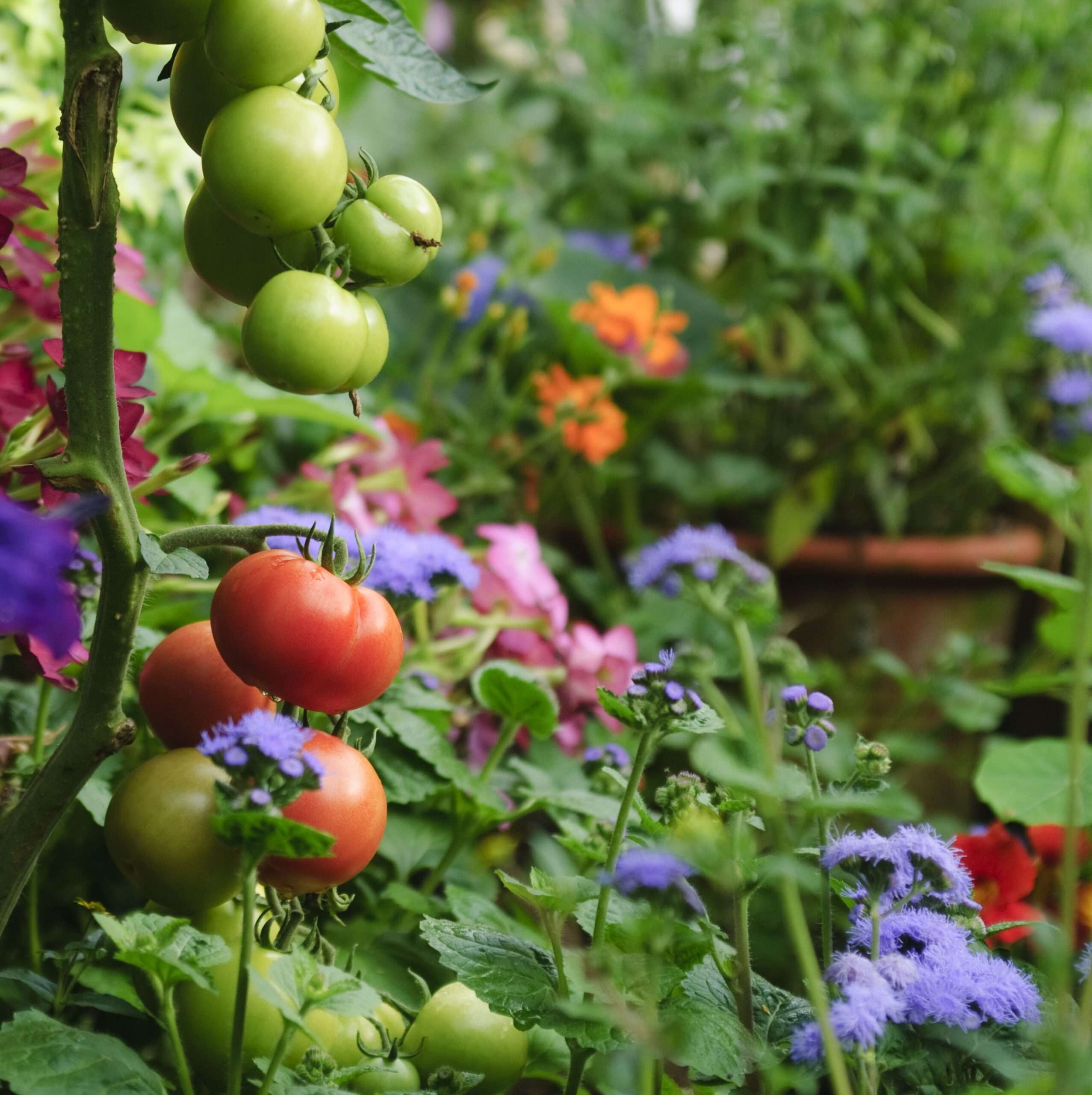Having a variety of vegetables in your vegetable garden is great, but did you know that pollinators are essential for their growth and productivity? To attract these important creatures, it’s crucial to include plants with different flower shapes, colors, and sizes. Bees, for example, are attracted to blue, purple, white, and yellow flowers, while butterflies and hummingbirds prefer red ones. Using a wildflower seed mix can help you attract a diverse range of pollinators. Additionally, it’s important to avoid using insecticides and pesticides as they harm pollinators. Urban areas may face difficulties in attracting pollinators due to pollution and pesticide use, making it crucial to create a safe haven for them by providing food, water, and shelter. By adopting these practices, you can play a vital role in preserving the populations of these essential creatures and ensuring the health of your vegetable garden.
Attracting Pollinators
To attract pollinators to your garden, it’s important to include plants with different flower shapes, colors, and sizes. Bees are particularly attracted to blue, purple, white, and yellow flowers, while butterflies and hummingbirds are drawn to red blooms. By creating a diverse range of flowers, you can attract a variety of pollinators and increase the chances of successful pollination.
Using a wildflower seed mix is another great way to attract pollinators. These mixes typically contain a variety of flower species that are known to be attractive to pollinators. By sowing these seeds, you can provide a reliable source of nectar and pollen for bees, butterflies, and other pollinators throughout the growing season.
One of the most important steps in attracting pollinators is to avoid using insecticides and pesticides. These chemicals can be harmful to pollinators and can even lead to declines in their populations. Instead, opt for organic pest control methods or use natural alternatives to keep pests at bay while protecting our valuable pollinators.
To create a safe haven for pollinators, it’s essential to provide them with food, water, and shelter. This can be achieved by planting a variety of flowers that bloom at different times throughout the year, ensuring a constant source of nectar and pollen. Additionally, consider installing a birdbath or small pond to provide fresh water for pollinators. Lastly, you can create shelter for pollinators by setting up an insect hotel or leaving areas of your garden undisturbed to serve as nesting sites.
Planting a Variety of Flowers
To attract a diverse range of pollinators, it’s important to plant a variety of flowers in your garden. By offering different types of flowers, you can appeal to the specific preferences of various pollinators, increasing the chances of successful pollination. Consider including a mix of annuals, perennials, and biennials to provide a continuous food source for pollinators throughout the seasons.
Creating a wildflower patch is a fantastic way to attract a wide range of pollinators. Wildflowers are native plants that have evolved to attract and support local pollinators. By planting a patch of wildflowers, you can provide a habitat that is specifically suited to the needs of these important insects and birds.
To encourage more blooms and prolong the flowering period, it’s beneficial to deadhead flowers regularly. This involves removing spent flowers, which stimulates the plant to produce more blooms. By deadheading, you can ensure a constant supply of nectar and pollen for visiting pollinators, increasing the chances of successful pollination.
In addition to flowers, it’s also important to plant shrubs with flowers that feed pollinators. Many shrubs produce attractive flowers and provide a valuable food source for bees and butterflies. Consider planting shrubs such as lavender, butterfly bush, and flowering currant to attract these beneficial insects to your garden.
Providing for Pollinators
To attract and support pollinators in your garden, it’s essential to provide them with the resources they need to thrive. This includes fresh water sources, shelter, and food.
Pollinators, especially bees, require a source of fresh water for hydration. Consider setting up a shallow dish filled with water or a small birdbath with stones to allow them to safely access the water.
Shelter is also important for pollinators, particularly during extreme weather conditions. Creating an insect hotel can provide a safe refuge for insects to nest and hibernate. An insect hotel consists of various materials, such as hollow stems, twigs, and pinecones, stacked together to create a structure that mimics natural nesting sites.
In your vegetable garden, it’s crucial to provide food, water, and shelter specifically for pollinators. This can be achieved by planting a variety of flowering herbs and vegetables that produce nectar and pollen. Additionally, providing shallow dishes of water and incorporating sheltered areas within your vegetable garden can create an inviting environment for pollinators.

Minimizing Pesticide Use
One of the most important steps you can take to protect pollinators is to minimize or eliminate the use of pesticides. Pesticides and insecticides are harmful to pollinators, often causing declines in their populations. Instead of relying on these chemicals, seek out organic pest control methods or use natural alternatives to manage pests in your garden. By doing so, you not only protect pollinators but also contribute to a healthier ecosystem.

Importance of Pollinators
Pollinators play a crucial role in vegetable gardens with a variety of vegetables. Without pollinators, many plants wouldn’t be able to produce seeds or fruit. They transfer pollen from the male parts of a flower to the female parts, enabling fertilization and subsequent seed or fruit development.
Factors that promote pollination include the presence of pollinators, suitable flowers, and favorable environmental conditions. By attracting and supporting pollinators in your garden, you increase the likelihood of successful pollination and ultimately enhance the productivity and quality of your vegetable harvest.

Hand Pollination
In some cases, hand pollination may be necessary for certain vegetables. Hand pollination involves manually transferring pollen from the male flower to the female flower, allowing for fertilization to occur.
Certain plants, such as cucumbers and melons, may require hand pollination due to their unique flower structure. To hand pollinate, simply use a small brush or cotton swab to collect pollen from the male flower and transfer it to the stigma of the female flower.
Hand pollination can be a fun and rewarding activity, allowing you to take an active role in the reproductive process of your plants. However, it’s important to note that most vegetables do not require hand pollination and can rely on natural pollinators for successful reproduction.
In conclusion, attracting pollinators to your garden is essential for vegetable gardens with a variety of vegetables. By incorporating plants with different flower shapes, colors, and sizes, using a wildflower seed mix, avoiding the use of insecticides and pesticides, and creating a safe haven for pollinators, you can increase the chances of successful pollination and enjoy a bountiful harvest. Remember to provide fresh water sources, shelter, and food for pollinators, while minimizing pesticide use to protect their populations. By understanding the importance of pollinators and considering hand pollination when necessary, you can create a thriving ecosystem in your own backyard.






